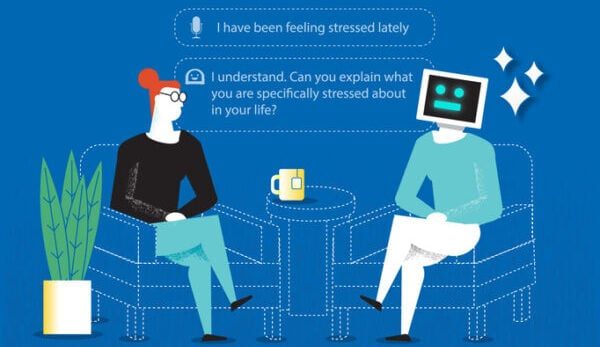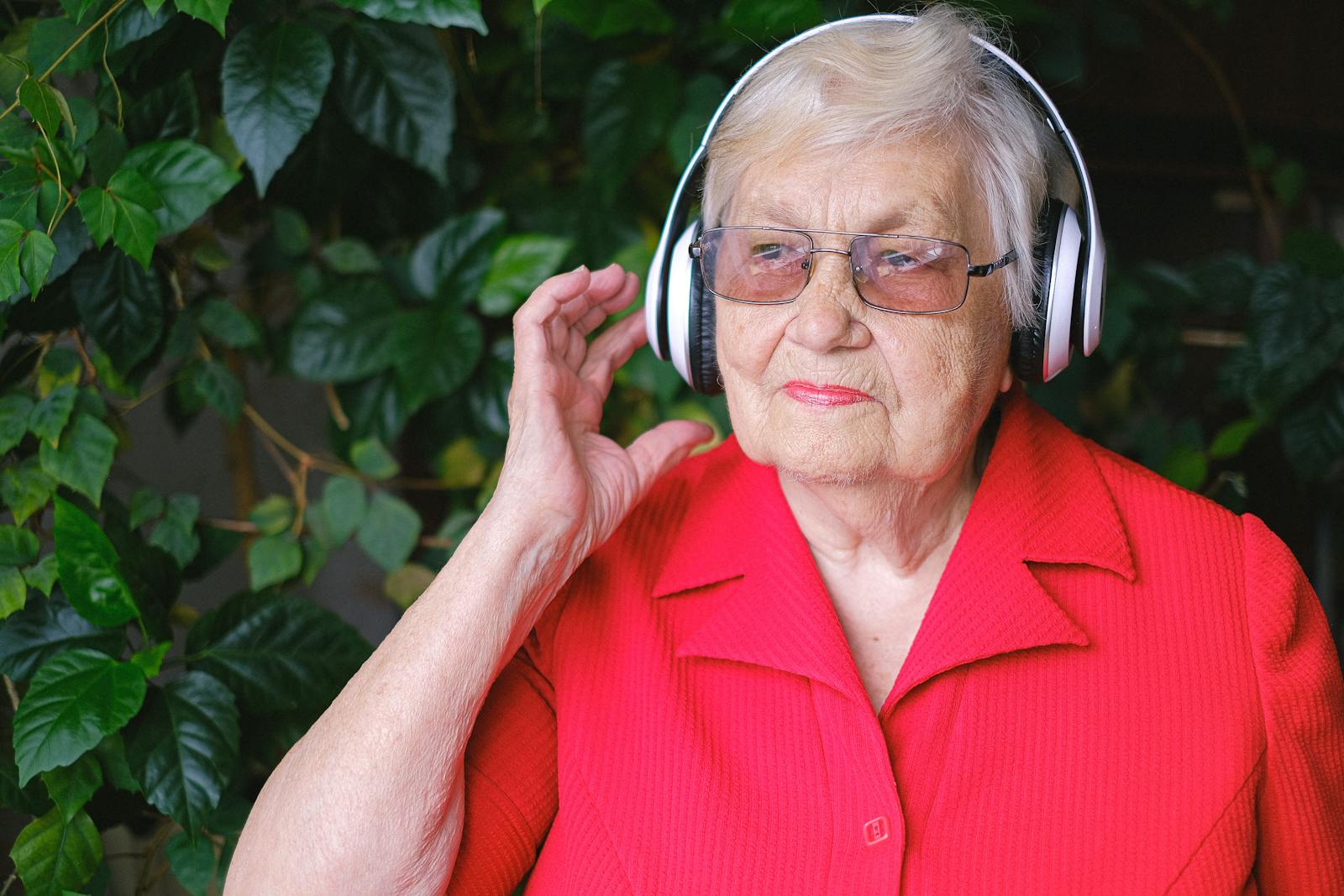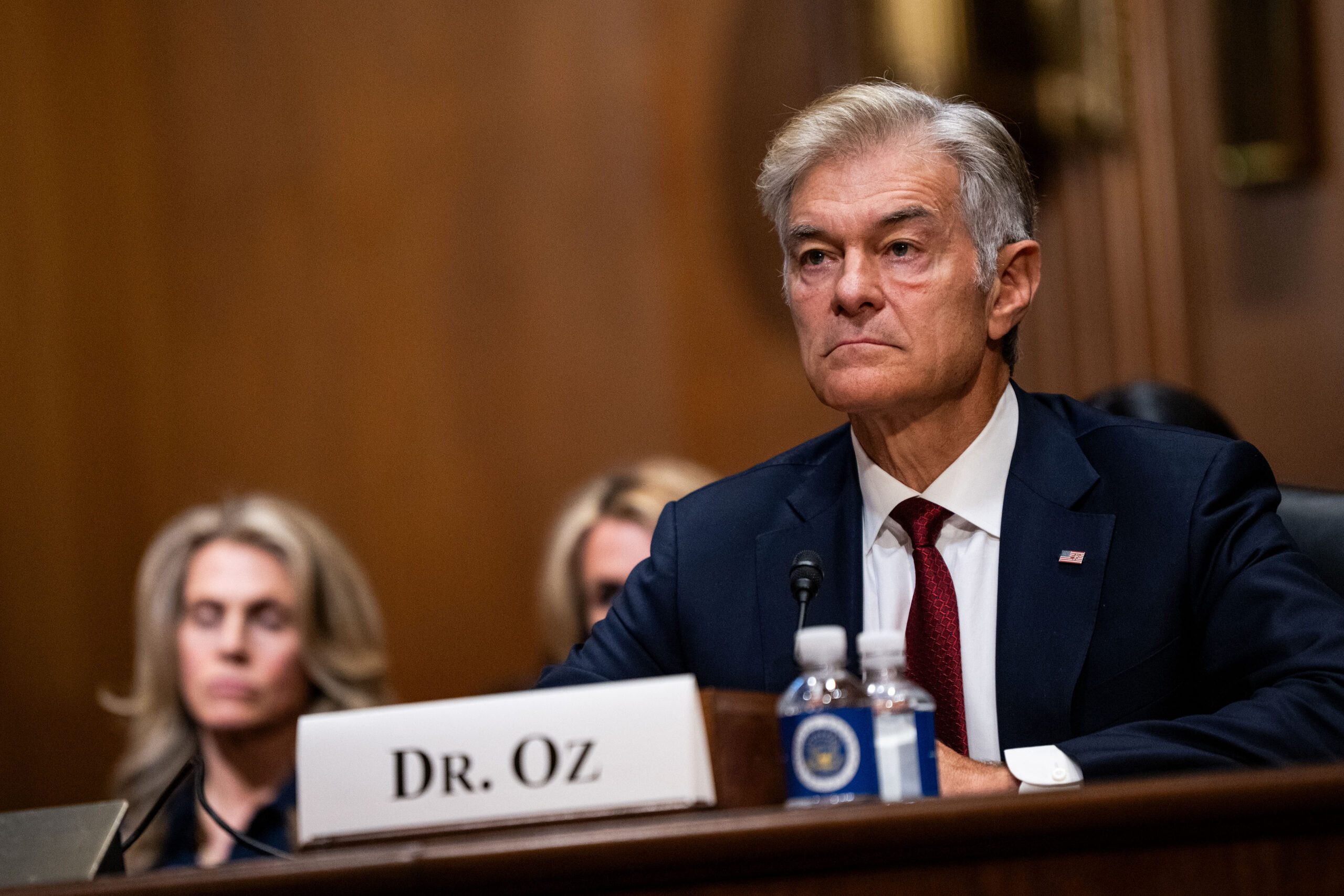By Maddi Dellplain
After a summer and fall choked with wildfire smoke, Canadians are now facing yet another spike in seasonal respiratory illnesses from COVID-19, the flu and respiratory syncytial virus (RSV).
Discussions over air quality improvement in classrooms are likewise intensifying, as parents and politicians alike call for improved ventilation in schools. In Ontario, the Improving Air Quality for Children Act was recently introduced and is currently in its second reading. If passed, it would see every publicly funded school and child-care facility install carbon dioxide (CO2) monitors.
The monitors are one way of measuring the amount of clean oxygen circulating in a room. The higher the amount of CO2, the poorer the air quality in a given space. According to the American Society of Heating, Refrigerating and Air-Conditioning Engineers (ASHRAE), classrooms should not exceed CO2 levels of more than 700 parts per million (ppm).
During the early years of the COVID-19 pandemic, cleaner indoor air was highlighted as a priority by provincial and federal governments and funding was allocated to improve ventilation and filtration systems in schools.
In August 2020, Ottawa announced up to $2 billion in funding to “support provinces and territories in their efforts to ensure a safe return to school.” In Ontario, the province has invested more than $665 million to improve air quality in schools and deployed more than 100,000 HEPA (high-efficiency particulate air) units, Grace Lee, a spokesperson for the Ontario Minister of Education, told the Canadian Press.
Yet, despite these large reported investments, experts and parent advocacy groups say that air quality in classrooms is still inadequate and inconsistent from school to school. In September, concerned parents in the Ontario School Safety group donated Corsi-Rosenthal (CR) Box air purifiers to the Waterloo Region District School Board after the board said that the total number of HEPA filters at schools would be reduced. Air quality measurements are usually carried out during the winter months, but results from the last school year are not encouraging. Nearly 83 per cent of schools in New Brunswick exceeded peak CO2 limits during the 2022-2023 school year. The most recent air quality reports from Quebec show that CO2 levels in nearly a quarter of classrooms were still higher than acceptable as of April 2023.
To improve air quality, experts say that classrooms should have a combination of increased ventilation and air filtration by increasing airflow, upgrading HVAC (heating, ventilation and air conditioning) systems with high-quality MERV 13 air filters, and using standalone HEPA filter units in individual classrooms.
But implementing many of these changes, particularly in older schools, is an expensive task. Despite large budgetary announcements, it is unclear exactly how much money has been spent to improve air quality in schools. Some experts also have raised concerns that even where appropriate filtration systems have been implemented, they may not be used effectively.
But how important is air ventilation and filtration in classrooms? Is air quality something that should be a budgetary priority for school boards and provincial and federal governments?
This is what the experts had to say.
Jeffrey Siegel
professor in the Department of Civil and Mineral Engineering, University of Toronto
The easy answer is that it’s enormously important that we make investments. We know how effective improving ventilation can be for reducing infectious disease transmission, and arguably, differently important to different schools at different times of the year in different places.
The shortest possible answer I could give is: In an ideal world, every school should meet the current version of ASHRAE standard 62.1 (the current minimum standard for air quality) and would have the capacity to increase ventilation and/or filtration during periods of higher risk.
The bigger point is that we know that investment in ventilation in schools has a lot of benefits.
For example, reduced absenteeism. Absenteeism alone has huge costs for students, their learning and for their parents who have to take care of them when they’re not in school. We also see improved cognitive function, improved performance on standardized tests, improved learning outcomes. We see reductions in childhood asthma, both frequency and severity. We’ve also seen pretty convincing evidence that improved ventilation equates to higher salaries when kids graduate from school.
With higher socioeconomic status, kids generally have better indoor air quality in their schools.
Obviously, I believe it’s important to invest in school ventilation. But I think there is also a real cost of not investing. That’s really what we should be looking at; we are essentially leaving money on the table.
There’s also the question of equity. One thing that is very clear is that indoor air quality is yet another area where there are pretty big disparities across most societies. With higher socioeconomic status, kids generally have better indoor air quality in their schools, and consequently all those better outcomes that come from better indoor air quality.
The right approach both economically and from a policy perspective would be to target improvements at the schools that are serving the most susceptible and marginalized kids. I would hope that the money we spend on improving ventilation in schools is done in a manner that serves to reduce health disparities rather than reinforce existing health disparities.
Mary Jo Nabuurs
officer of Media Relations and Outreach for Ontario School Safety
We spend about 90 per cent of our lives indoors. Why wouldn’t we make the air better where we exist the most? Part of the problem is getting the public to understand why this is something we should care about. For the most part, we just don’t give air much thought.
But I’ve learned more recently that my kids didn’t actually have to get frequently sick at school when they were little; that many of the viruses they contracted were preventable and should be prevented; and that getting sick with viruses as a child is not necessary for us to develop strong immune systems.
We’ve accepted incredibly low standards for the air our kids breathe in schools and on school buses for far too long. We’ve seen how some viruses kids experience when they’re young can have health impacts later in life. For example, chickenpox and shingles, HPV and cervical cancer, and now COVID-19 where we’re already seeing long COVID in kids.
The government mandates that children be in school, so the government should ensure schools are safe places to be.
We’ve learned through the pandemic that 70 per cent of household COVID-19 infections start with a child. School buses and schools are high illness transmission settings. It’s the opinion of Ontario School Safety, as well as that of many experts focusing on clean air efforts, that we will have some of the most positive impact both in terms of community health and the economy if we focus on schools. After all, it’s the structures that are sick – it’s not the kids.
Asking for clean air for our kids and education workers is no more absurd than asking for clean water. The government mandates that children be in school, so the government should ensure schools are safe places to be – and how safe they are shouldn’t depend on which postal code they are in.
Governments know it’s important to improve air quality in shared indoor spaces because they’ve ensured it for themselves in their own workplaces. We’re just looking for the same for our children and education workers.
Jeffrey Pernica
Head of the Division of Infectious Disease, McMaster Children’s Hospital
Discussions about making improvements to ventilation in Canadian classrooms are difficult since they are usually conducted without specifying what the opportunity cost is.
Do I think ensuring good ventilation in classrooms would be a good idea? Yes, absolutely.
Do I think schools should be shut or classes should be cancelled if a certain level of ventilation could not be assured? Absolutely not. Do I think funds should be diverted from teachers or school programs to pay for structural ventilation improvements? No.
It would be incredible if provinces would tap another revenue stream NOT already intended to ensure the quality of education.
I think it would be incredible if the provinces would tap another revenue stream NOT already intended to ensure the quality of education and use that money to pay for school ventilation. In contrast, if funds to pay for structural improvements to ventilation will be drawn from already-underfunded school systems, I would be unsure about whether ventilation improvements would be a net benefit for our children.
Kevin Hedges
occupational hygienist and former president and current board member of Workplace Health Without Borders
We have known about the importance of ventilation to reduce the transmission of illness, in particular tuberculosis (TB), since the early 1900s. Case in point was the work of Peter Bryce from the late 19th and early 20th century. Bryce’s report named poor ventilation and poor standards of care from school officials as the primary cause of deaths in residential schools. But no one wanted to listen to Bryce. He documented the truth, reported the facts about residential schools, and faced opposition from the most powerful entities of his time.
Fast forward from SARS-CoV to SARS-CoV-19; even the recognition that SARS-CoV is airborne has been incredibly slow. In addition, SARS-CoV-19 undermines our immune system, making us more susceptible to other diseases such as tuberculosis. According to the World Health Organization, TB deaths and disease also increased during the COVID-19 pandemic.
Each infection can amount to devastating ‘cumulative health damage’ and increased risk of long COVID.
If our children are reinfected every year, each infection can amount to devastating ‘cumulative health damage’ and increased risk of long COVID.
Poor ventilation can also impact academic performance. A report from Maastricht University shows that “poor indoor air quality during the school term preceding a test is associated with significantly lower test results.”
Now is the time to support Bill 140, Improving Air Quality for Our Children Act. We can all play a part, lobby our MPs and drive leadership for improved public and occupational health.
Colin Furness
epidemiologist and assistant professor in the Faculty of Information, University of Toronto
When we think about environmental dangers and health and safety, we should put children at the top of the list. We don’t. In Toronto, for example, some schools still have lead water pipes. There are schools with mold, and classrooms without windows that open or without windows at all. There are a lot of environmental safety problems at school. We have a lousy track record.
The starting point is to ask, “Is this who we are and what we value?” I want us to decide that environmental safety in schools matters. I want us to recognize that respiratory viruses are airborne, and that proper ventilation is vital for keeping kids safe.
My epidemiologist colleague David Fisman has famously said, “Air is the new poop.” By this he means that during 19th-century cholera outbreaks, we learned that dropping our sewage into the river upstream from where we were drawing our drinking water was making people sick. So, we learned to make drinking water safe. Today, we have learned from COVID-19 that the air we breathe is making us sick. Right now, we have a once-in-a-century opportunity to recognize a really serious health threat and do something about it.
“Air is the new poop.”
It won’t be cheap to improve ventilation in thousands of classrooms. But even if you don’t think protecting kids is important, you should still get behind this from a dollars and cents perspective. Consider the difference in cost between disease prevention and disease treatment. When some kids get COVID or the flu at school and come home, grandpa and grandma end up in the intensive care unit. A couple of stays in the ICU might pay for all the ventilation upgrades needed for a school.
Dangerous air isn’t noticeable. Politicians, like everyone else, need to be able to see a problem to be motivated to do something about it. To help us get there, I would like to see mandated air quality sensors in public rooms and spaces. That way people could see when they board a train or bus, or go into an office or a classroom, what the air quality is actually like. If we want to have a serious conversation about air quality, we need to bring people to a certain level of literacy and awareness. To solve invisible problems, you really gotta make them visible first.
Nazeem Muhajarine
PhD, FCAHS, professor and epidemiologist, Community Health and Epidemiology, College of Medicine, University of Saskatchewan
After the debate was settled whether the virus that causes COVID is spread mainly through airborne means or by being exposed to large droplets in favour of airborne, the priority was to ensure that indoor air we breathe was as clean as possible. HVAC units are the heart and lungs of any building and have become the primary solution for keeping the indoor air clean, and in turn people healthy.
An Italian study published in early 2021 found that by using a school’s fans and air ducts to mechanically exchange indoor air with outdoor air five times an hour, the risk of COVID-19 infections decreased by at least 82 per cent. There was a dose-response relationship between the number of times the classroom air was completely replaced and COVID infection rates. When the classroom air was refreshed about two times an hour, there was a 40 per cent reduction; four times an hour, about 67 per cent reduction; and, finally, with six times an hour, COVID infection rates were reduced 82.5 per cent.
We cannot ignore the imperative that COVID has foisted on us.
In most schools, the minimum air exchange, by design, is about three air changes per hour. We want at least four to six air exchanges, pushed through high-efficiency filters; for example, at least MERV-13 filters.
We cannot ignore the imperative that COVID has foisted on us: to make structural changes that have positive effects on many people, like creating healthy indoor spaces and places. I worry that we are quickly forgetting these lessons.
We need government and standard-setting bodies to set new health-based standards for buildings, including for schools. We need to honour those millions of people who lost their lives to COVID. One way to do that is to keep our younger generation healthy by making the air they breathe fresh and clean as possible.
—
This post was previously published on healthydebate.ca under a Creative Commons License.
![]()
***
From The Good Men Project on Medium
 What Does Being in Love and Loving Someone Really Mean?
What Does Being in Love and Loving Someone Really Mean?  My 9-Year-Old Accidentally Explained Why His Mom Divorced Me
My 9-Year-Old Accidentally Explained Why His Mom Divorced Me  The One Thing Men Want More Than Sex
The One Thing Men Want More Than Sex  The Internal Struggle Men Battle in Silence
The Internal Struggle Men Battle in Silence ***

Join The Good Men Project as a Premium Member today.
All Premium Members get to view The Good Men Project with NO ADS.
A $50 annual membership gives you an all access pass. You can be a part of every call, group, class and community.
A $25 annual membership gives you access to one class, one Social Interest group and our online communities.
A $12 annual membership gives you access to our Friday calls with the publisher, our online community.
Register New Account
Log in if you wish to renew an existing subscription.
Username
First Name
Last Name
Password
Password Again
Choose your subscription level
- Yearly - $50.00 - 1 Year
- Monthly - $6.99 - 1 Month
Credit / Debit Card PayPal Choose Your Payment Method
Auto Renew
Subscribe to The Good Men Project Daily Newsletter By completing this registration form, you are also agreeing to our Terms of Service which can be found here.Need more info? A complete list of benefits is here.
—–
Photo credit: iStockphoto
The post ‘It’s the Structures That Are Sick – It’s Not the Kids’: Experts Stress Importance of Clean Air in Schools appeared first on The Good Men Project.
Original Article










